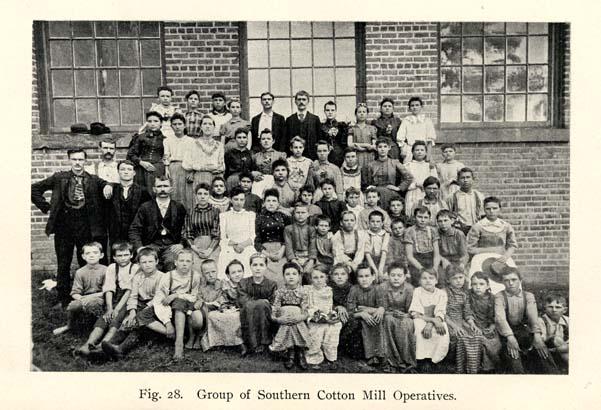Rural people who moved from farm to factory faced a difficult transition. Work in tobacco and textile mills was hard and dangerous, and it involved entire families, just as farm work had. Many of these workers lived in mill villages owned by the companies that employed them, and they created new communities and new ways of supporting one another. But low pay, long hours, and dangerous working conditions also led them to begin thinking about organizing into labor unions. In this chapter, we’ll read — and hear — the stories of some of those workers, and we’ll evaluate their lives, their work, and how they adapted.
Section Contents
- Work in a Textile Mill
- Working in a Tobacco Factory
- Life in the Mill Villages
- Mill Villages
- Mill Village and Factory: Voices
- Inventions in the Tobacco Industry
- The Bonsack Machine and Labor Unrest
- Workers' Pay and the Cost of Living
- The Rise of Labor Unions
- The Knights of Labor
- Opposition to the Knights of Labor
- Tobacco Workers Strike
